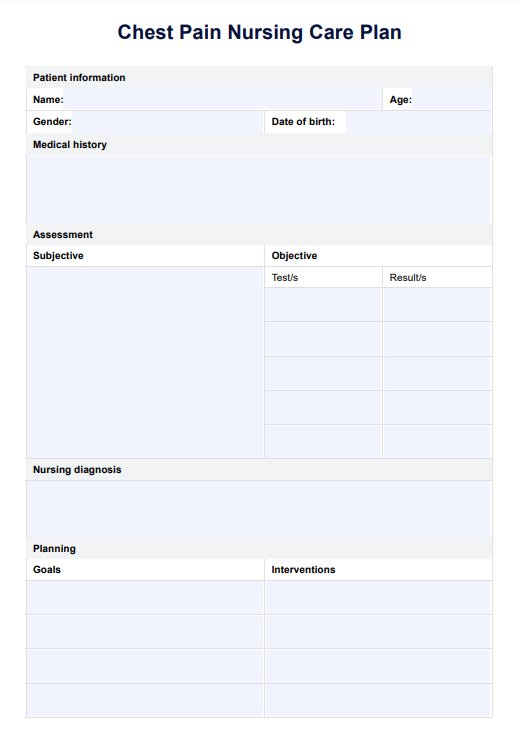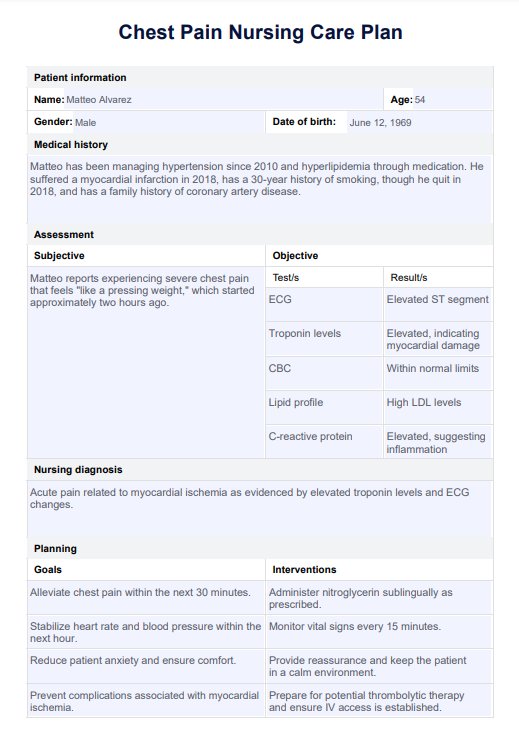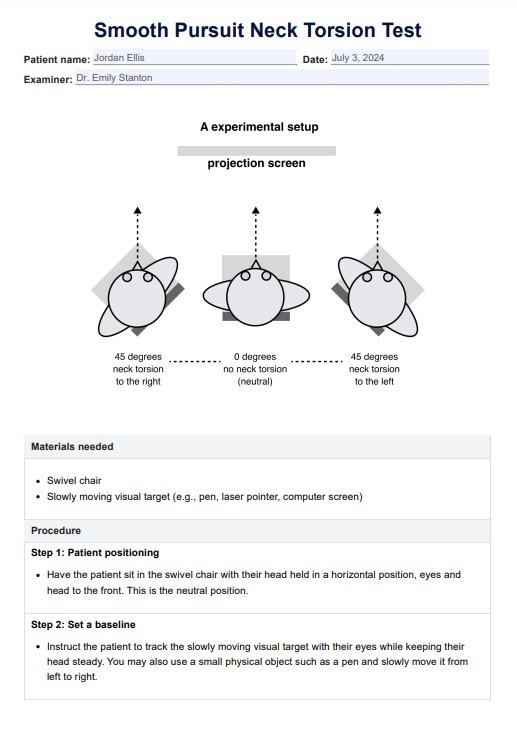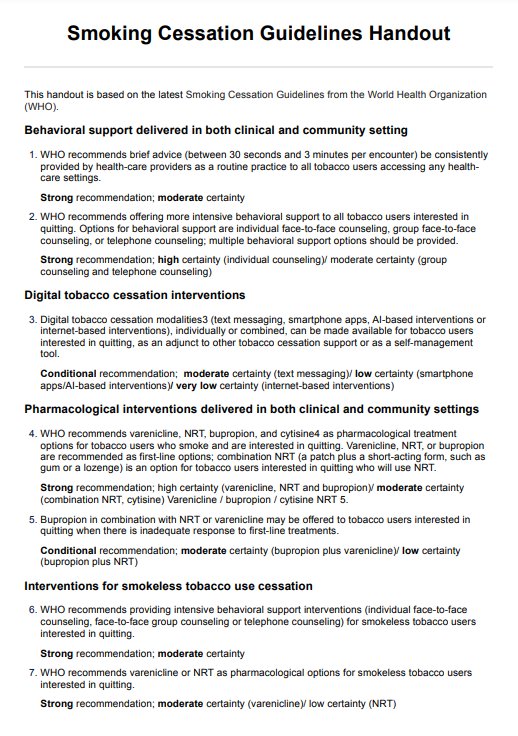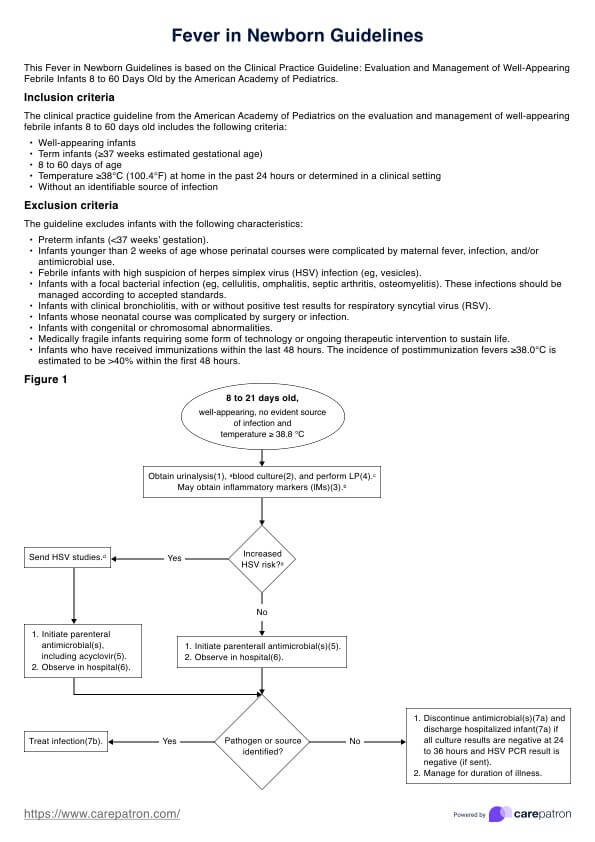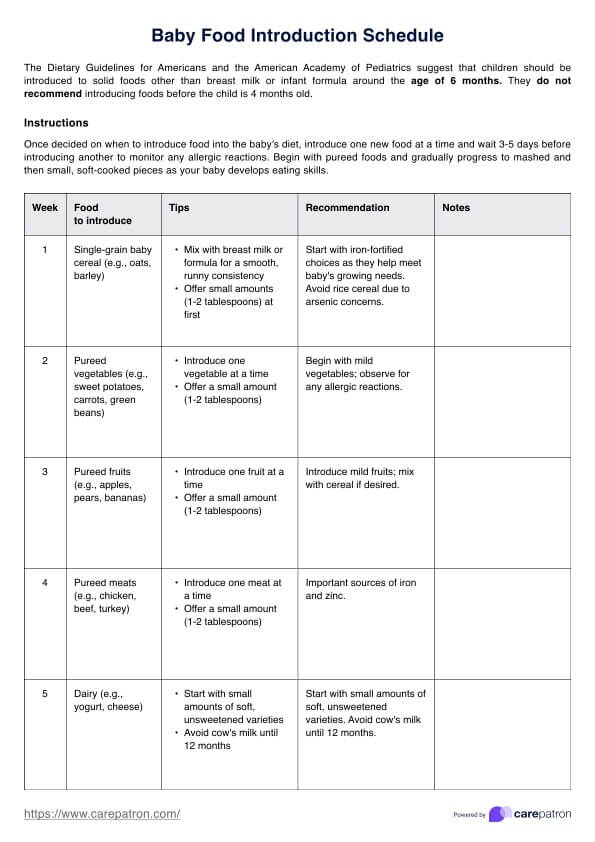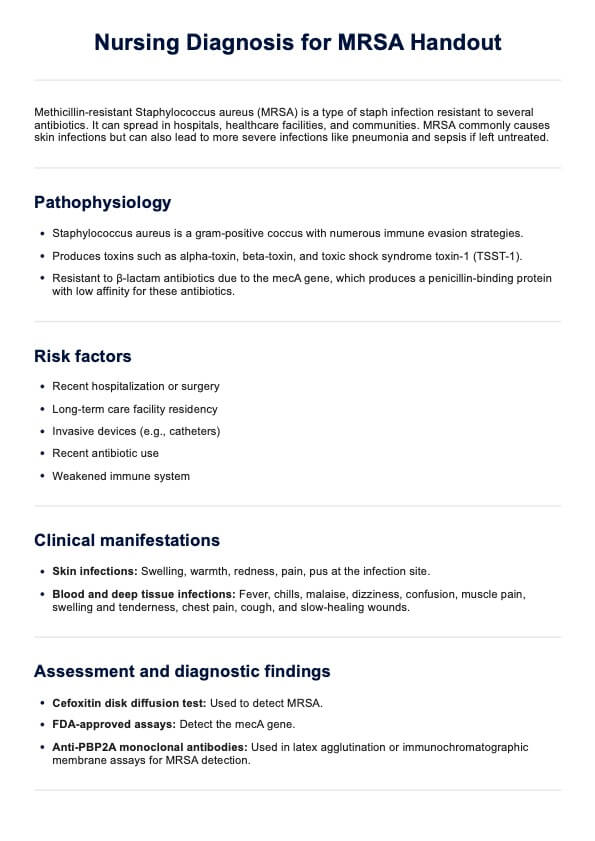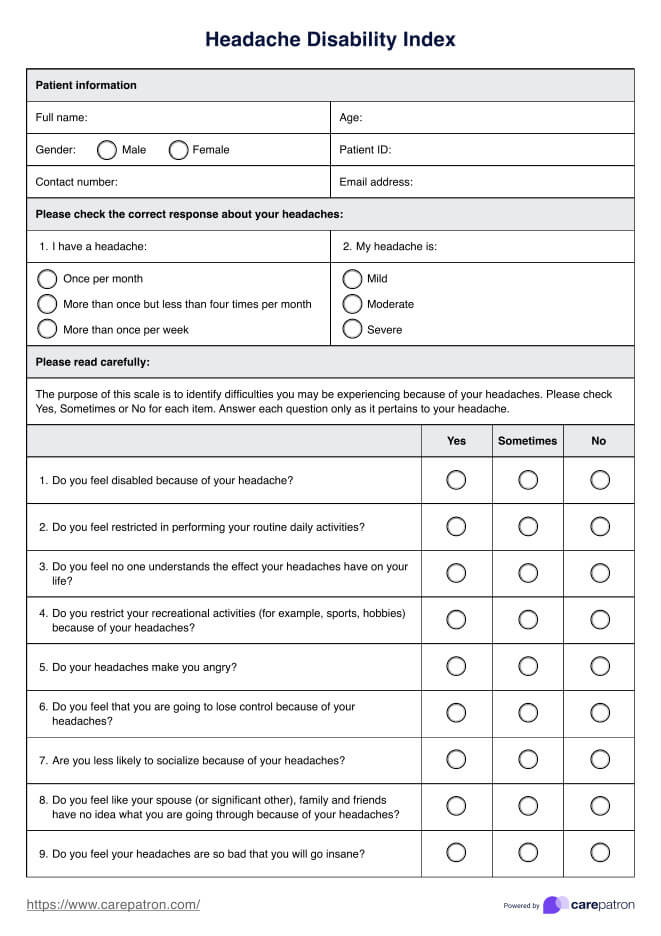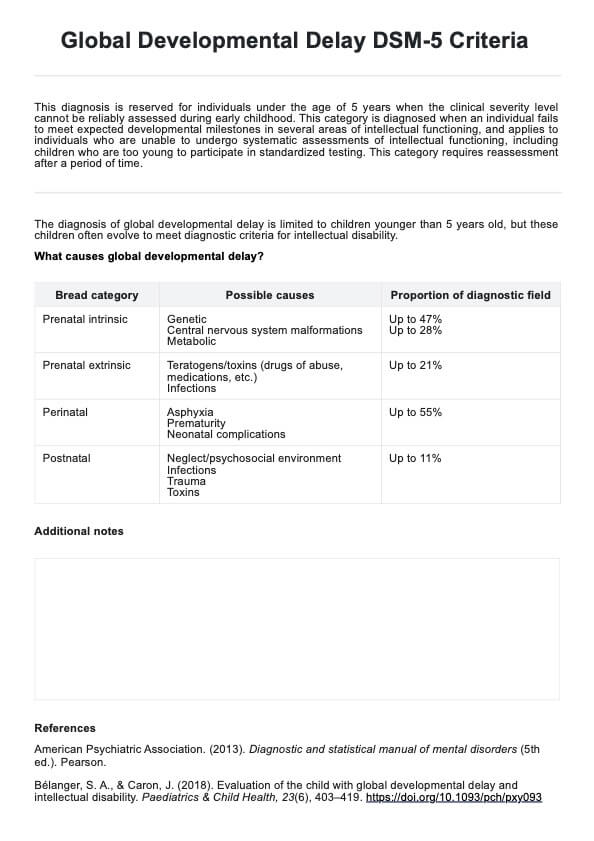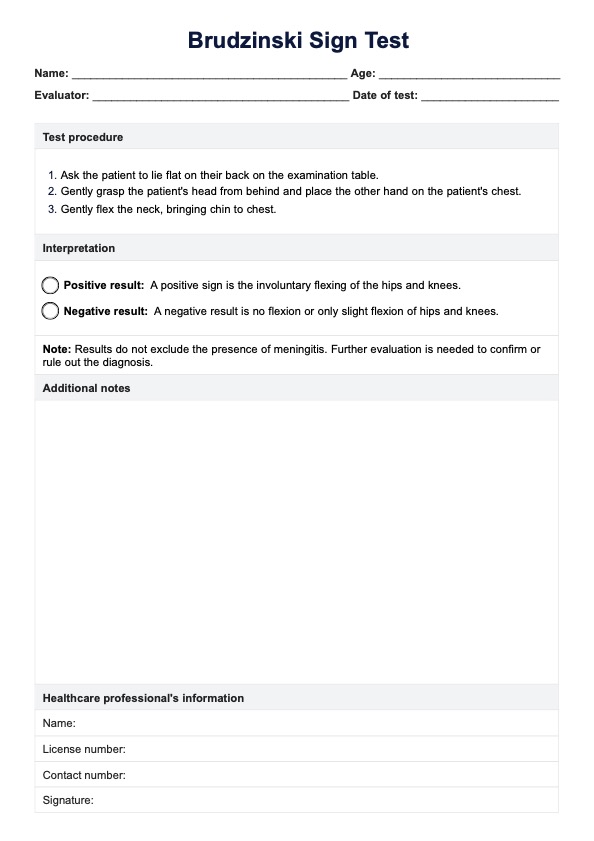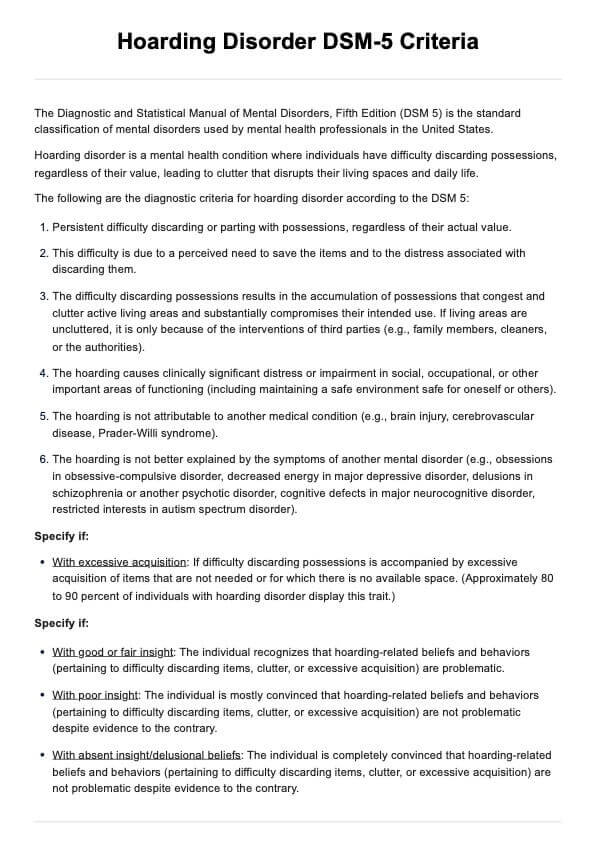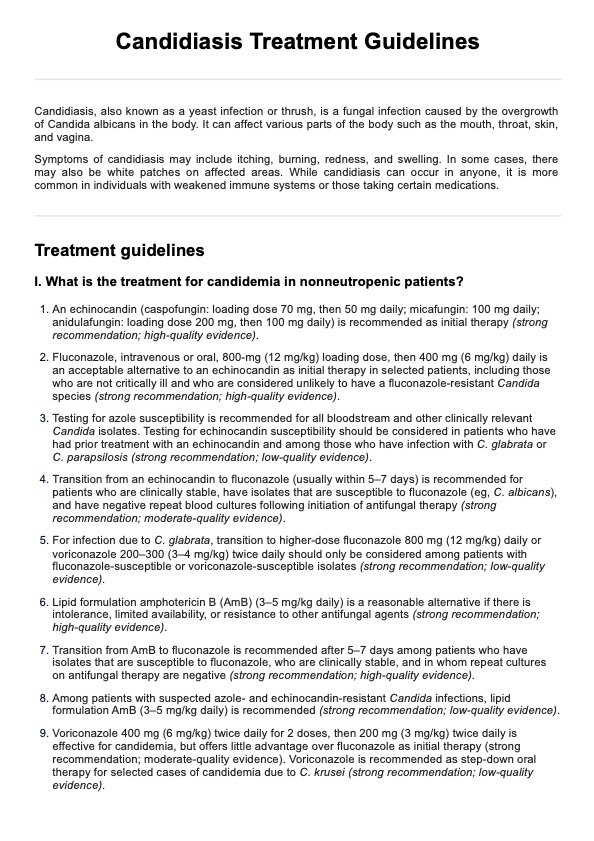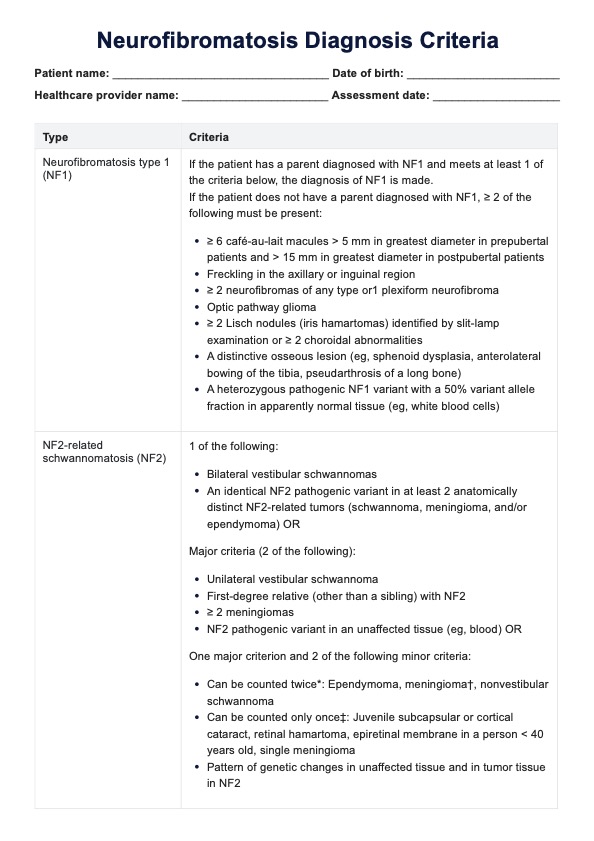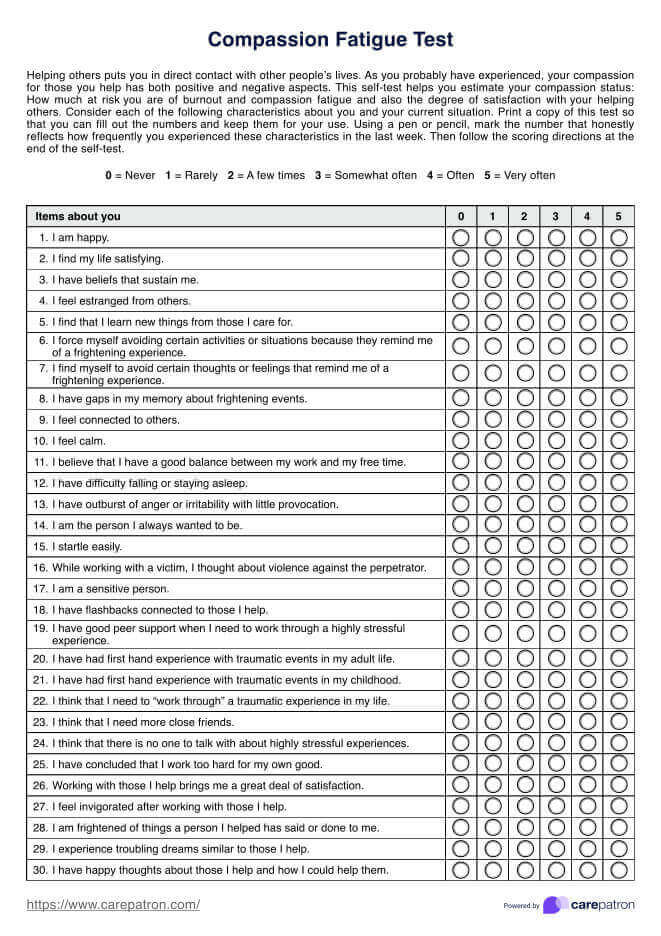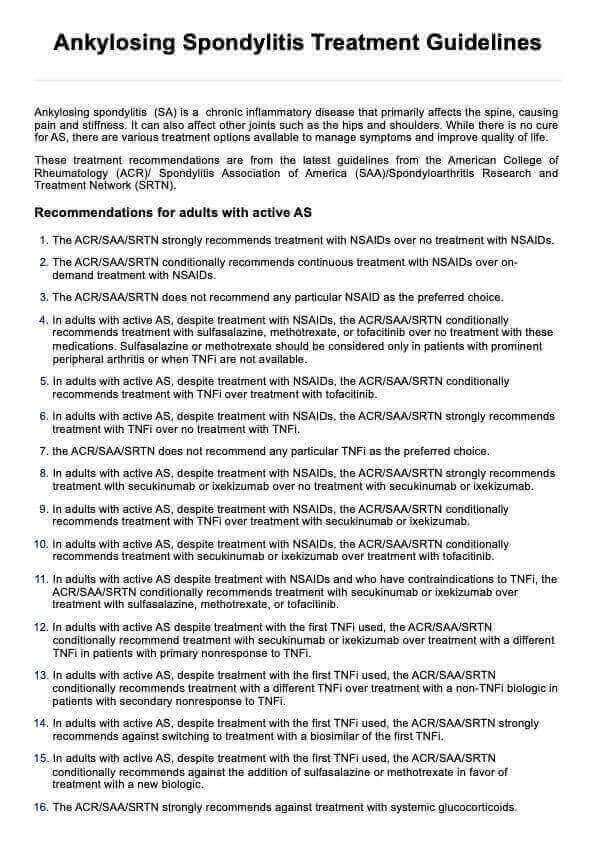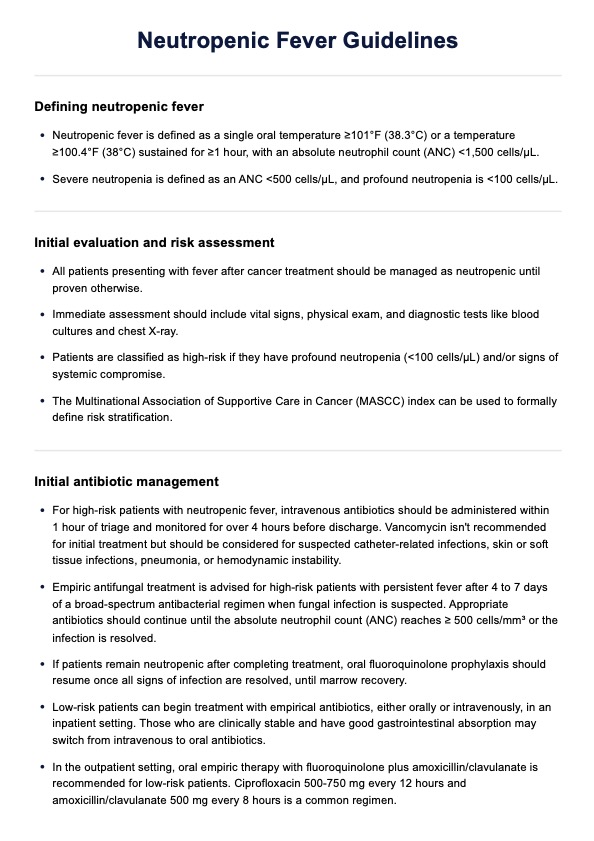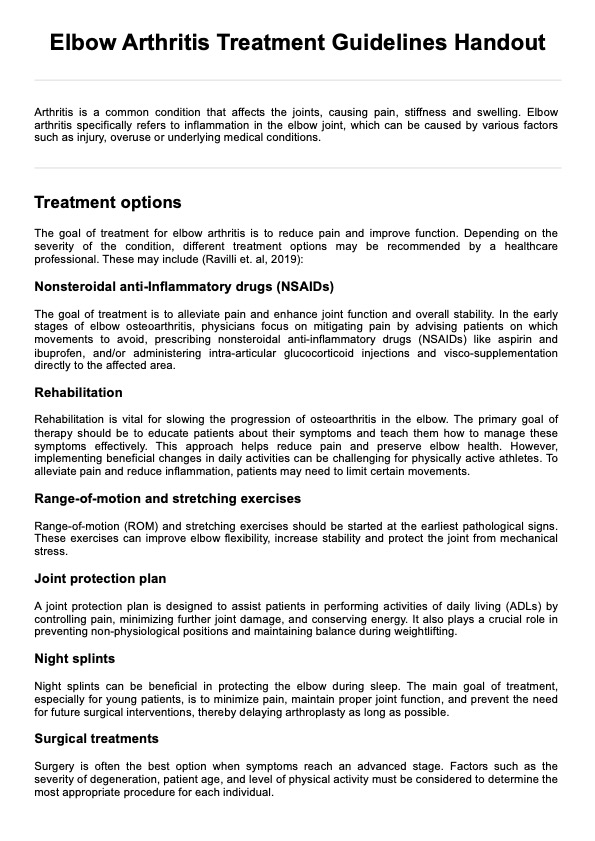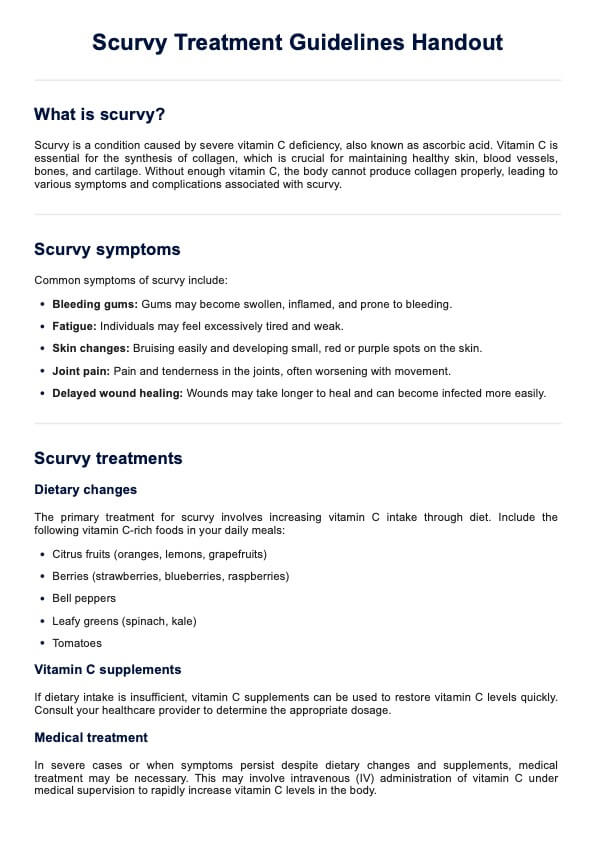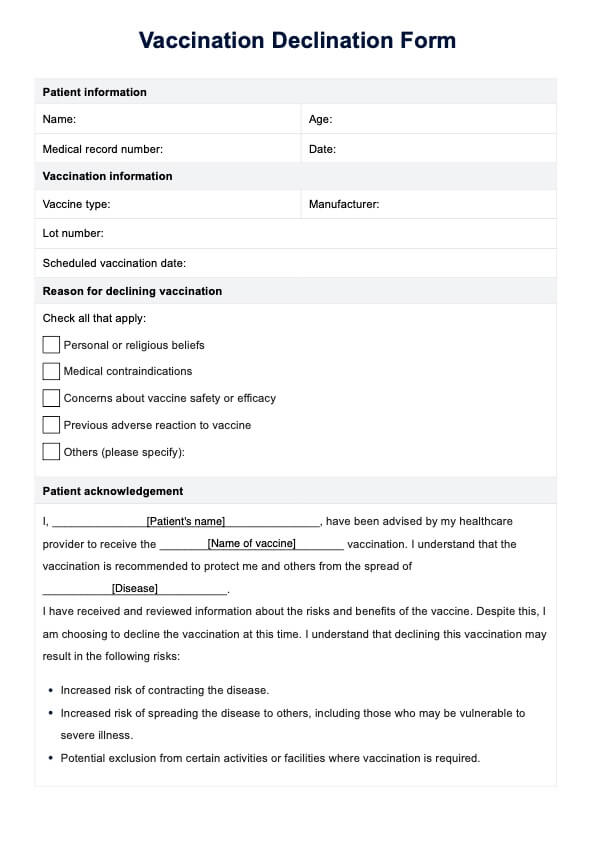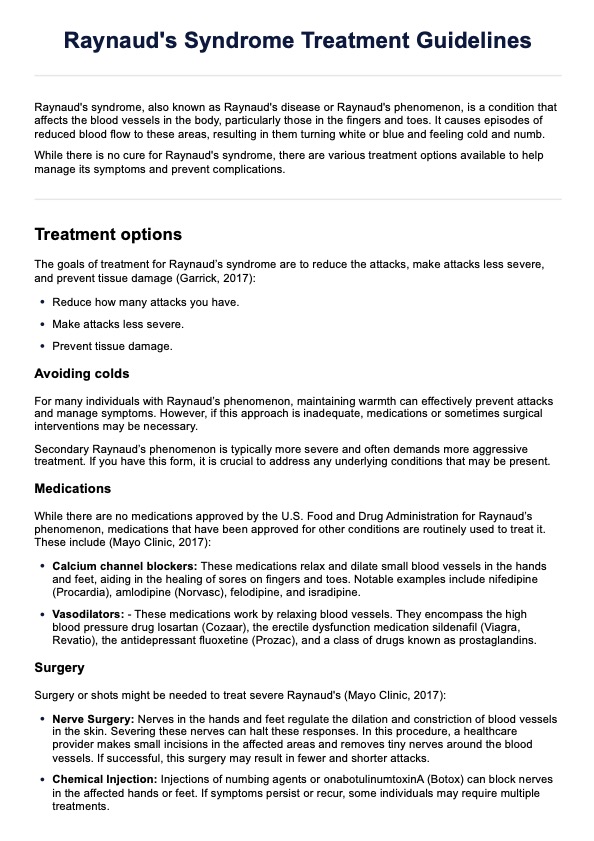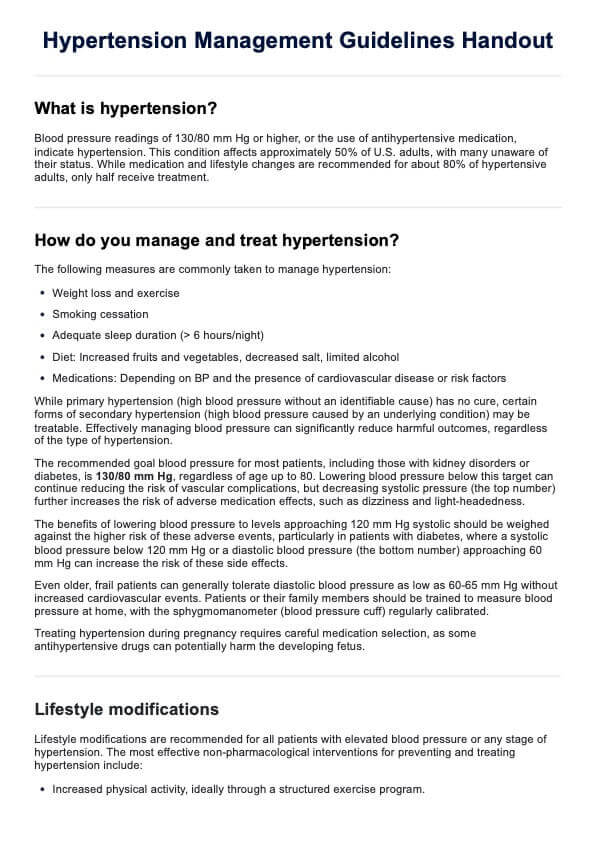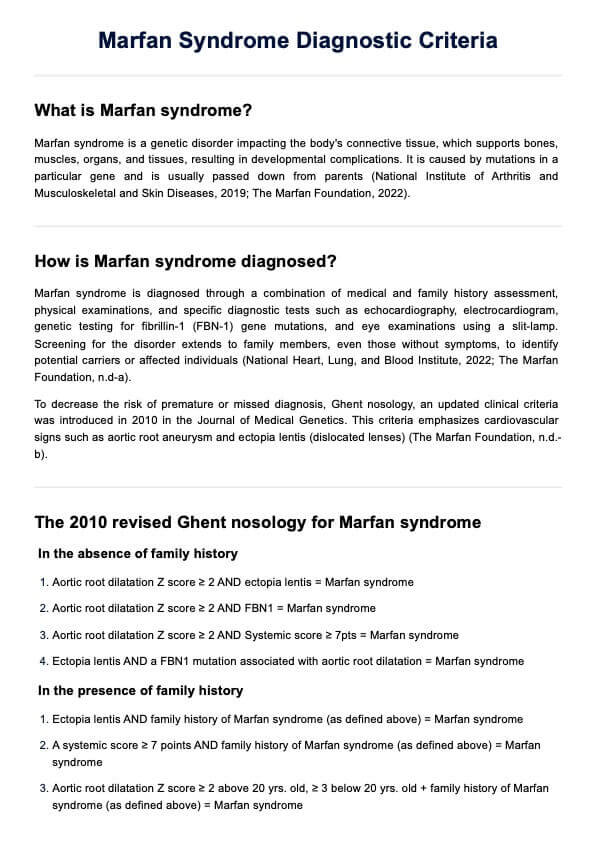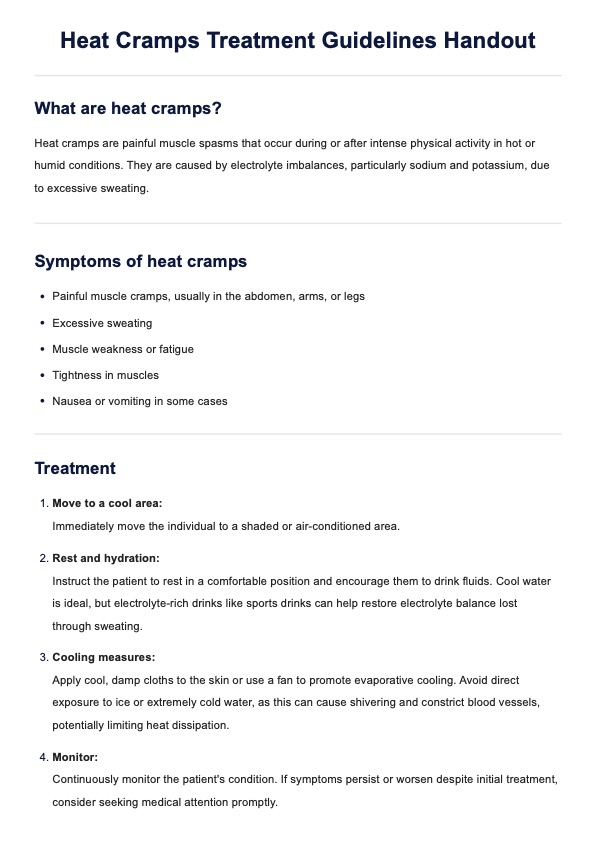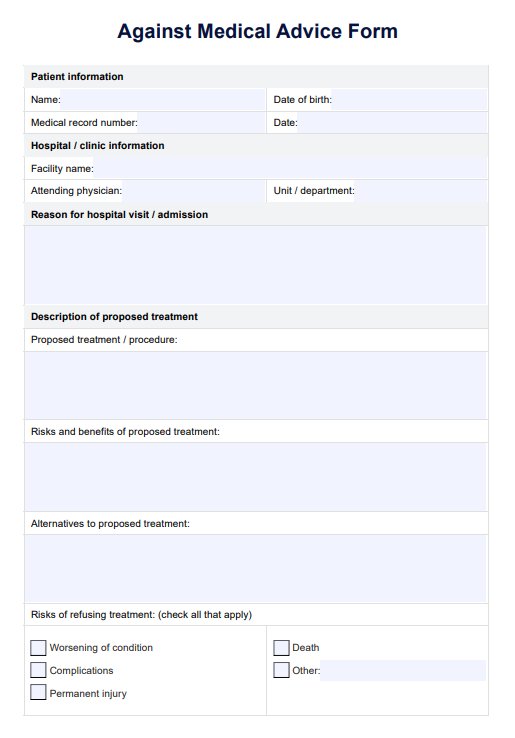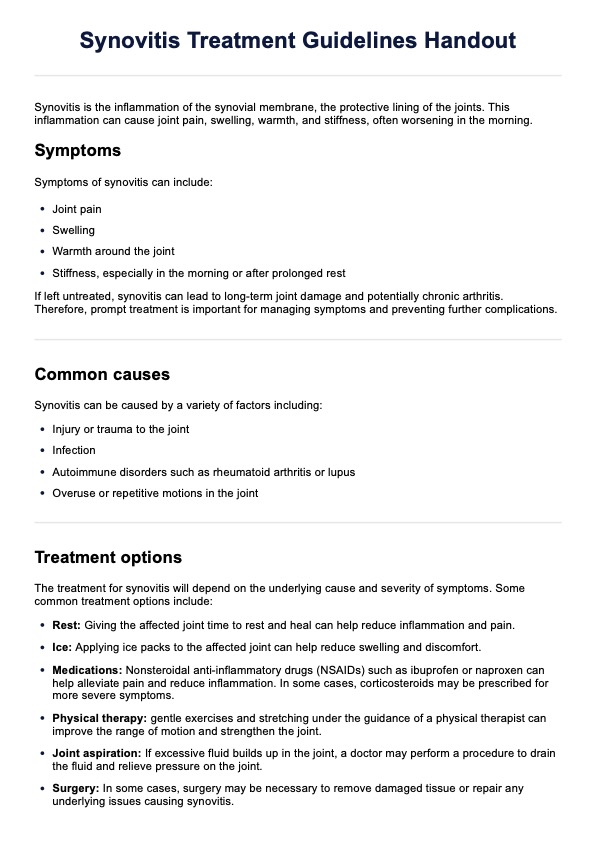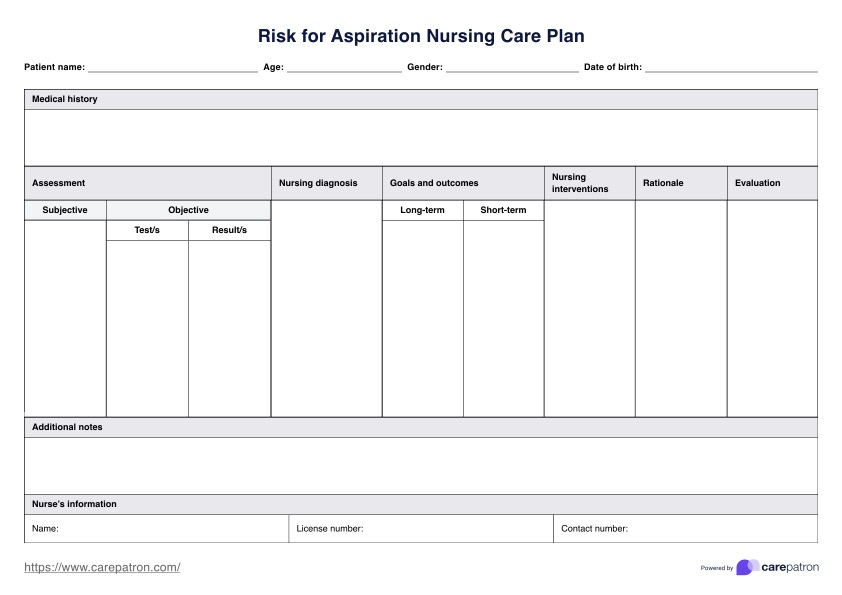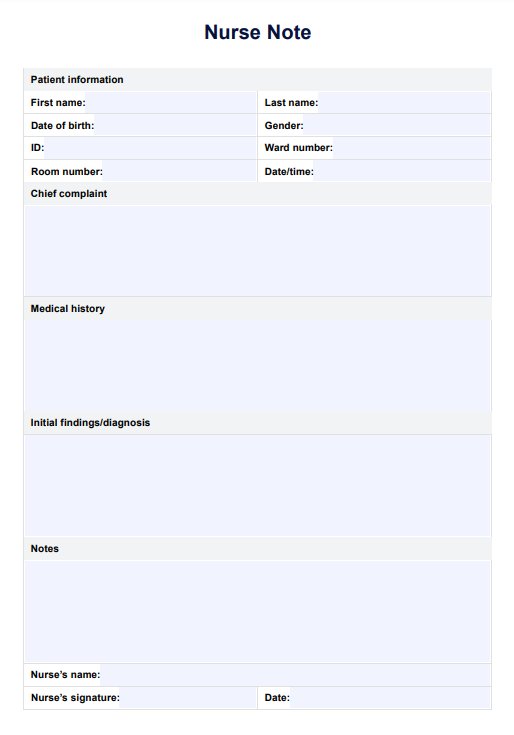Chest Pain Nursing Care Plan
Want a comprehensive nursing care plan for patients? Check out our chest pain nursing care plan template now.


What are the causes of chest pain?
Chest pain can arise from a variety of causes, ranging from life-threatening cardiac conditions to less severe musculoskeletal issues. Understanding these potential causes is crucial for accurate assessment and appropriate intervention.
Cardiovascular causes
Cardiovascular causes are often the most concerning. For instance, stable angina results from decreased cardiac tissue perfusion and myocardial ischemia, often triggered by physical exertion or emotional stress. Acute myocardial infarction (AMI) is also caused by severely reduced coronary blood flow. Another factor is atrial fibrillation. This can cause chest discomfort, especially in patients with underlying heart disease.
Pulmonary causes
Pulmonary conditions can also manifest as chest pain. Pulmonary embolism, pneumothorax, and pneumonia are notable examples. These conditions often present with additional respiratory symptoms like dyspnea or cough.
Gastrointestinal causes
Gastrointestinal issues, while not directly related to the chest, can cause referred pain in this area. Gastroesophageal reflux disease (GERD), esophageal spasm, and even gallbladder disease can mimic cardiac chest pain.
Psychological causes
Psychological factors, including panic attacks and anxiety disorders, can also manifest as chest pain. While these causes are not physically dangerous, they can be extremely distressing for patients and require appropriate management.
Chest Pain Nursing Care Plan Template
Chest Pain Nursing Care Plan Example
What is a Chest Pain Nursing Care Plan Template?
A Chest Pain Nursing Care Plan Template is a structured framework to guide healthcare professionals in providing effective and personalized care for individuals experiencing chest pain. This comprehensive document outlines a systematic approach to assessing, intervening, and evaluating the patient's condition, ensuring a holistic, patient-centered care strategy for heart disease and specific conditions like coronary artery disease and myocardial infarction.
The care plan typically includes the following components: assessment, nursing diagnosis, planning, implementation, and evaluation.
The assessment thoroughly evaluates the patient's chest pain, including its location, characteristics, aggravating and relieving factors, associated symptoms, and medical history.
Based on the assessment, the nurse identifies the patient's nursing diagnoses and specific problems or concerns related to chest pain. Examples of a nursing diagnosis for chest pain include acute pain, acute coronary syndrome, unstable angina or blood flow obstacles, anxiety, decreased cardiac output, and risk for decreased cardiac tissue perfusion.
Next is the planning. For each nursing diagnosis, the nurse establishes specific, measurable, achievable, relevant, and time-bound (SMART) goals and expected outcomes. These goals outline the desired improvements in the patient's condition.
Once done, the nurse implements nursing interventions and actions to achieve the established goals. These interventions may include pain management strategies, medication administration, blood pressure monitoring, oxygen therapy, anxiety reduction techniques, patient education, and close monitoring of vital signs.
Lastly, the nurse continuously evaluates the effectiveness of the implemented interventions and the patient's response to treatment. This ongoing assessment allows for adjustments to the care plan as needed.
Chest pain nursing care plans ensure that patients receive appropriate and timely care for their chest pain. They promote patient safety, improve patient outcomes, and contribute to the overall quality of nursing care.
How does it work?
A Chest Pain Nursing Care Plan Template is a crucial roadmap for healthcare providers, ensuring a systematic and organized approach to patient care. Here's a breakdown of how this resource works:
Step 1: Patient assessment
Begin by conducting a thorough patient assessment. Collect relevant medical history, perform a comprehensive physical examination, and gather information about the onset and characteristics of chest pain. This step helps in understanding the individual's unique health profile.
Step 2: Assess medical history
Identify and assess history and potential risk factors contributing to chest pain, including issues related to the coronary arteries and levels of cardiac enzymes. This includes evaluating lifestyle factors, underlying medical conditions such as cardiovascular disease, and the patient's medications.
Step 3: Formulation of care goals
Plan specific care goals based on the assessment. These goals should be measurable, time-bound, and aligned with the patient's health objectives. Consider immediate interventions for acute episodes and long-term strategies for ongoing care and prevention.
Step 4: Intervention strategies
Specify the interventions and treatments required to effectively address the patient's chest pain, considering factors like myocardial oxygen demand. These may include medication management, such as administering calcium channel blockers, lifestyle modifications, therapeutic interventions, and monitoring protocols. Each intervention should be clearly articulated to ensure seamless implementation.
Step 5: Evaluation and adjustment
Regularly evaluate the effectiveness of the care plan. Monitor changes in the patient's condition, adjust interventions as needed, and update the care goals based on the evolving health status. This iterative process ensures the care plan remains responsive to the individual's dynamic healthcare needs.
When should you use this Chest Pain Nursing Care Plan Template?
Our Chest Pain Nursing Care Plan Template is a valuable resource designed for healthcare practitioners seeking a comprehensive and standardized approach to managing patients with chest pain. This versatile template is particularly beneficial in the following scenarios:
Emergency departments and urgent care clinics
This template becomes an indispensable tool in high-pressure environments such as emergency departments and urgent care clinics, where conditions like variant angina require timely and accurate decision-making. It streamlines the documentation process, enabling healthcare providers to quickly assess and address the immediate needs of patients experiencing chest pain.
Cardiology units and clinics
For practitioners specializing in cardiology, the Chest Pain Nursing Care Plan Template serves as a tailored resource to guide interventions and long-term management. It accommodates the nuanced requirements of cardiac patients, ensuring that care plans are efficient and aligned with the latest evidence-based practices.
Primary care settings
In primary care settings, where continuity of care is essential, this template facilitates seamless communication among healthcare professionals. It aids in creating a standardized care plan that can be easily shared and understood across different disciplines, fostering collaboration for more holistic patient care.
Educational and training programs
For educational purposes, this template is an instructive tool for students, interns, and healthcare professionals in training. It exemplifies best practices in chest pain management, offering a practical guide to understanding the intricacies of formulating a patient-centered care plan.
Quality improvement initiatives
Healthcare organizations focused on quality improvement can leverage this template to standardize care processes, monitor outcomes, and identify areas for enhancement. By incorporating this resource, institutions can work towards achieving consistent, evidence-based care for patients with chest pain.
Benefits of using this template
Here's a breakdown of several benefits practitioners can get when using this template and their implications:
1. Comprehensive patient assessment
The initial patient assessment is a cornerstone of the care plan. A thorough evaluation helps identify the nature of chest pain and potential causes, guiding subsequent interventions. Normal findings indicate a foundation for targeted care, while abnormal results may prompt further investigation and adjustments to the care strategy.
2. Risk factor identification
Identifying risk factors is pivotal in preventing future episodes of chest pain. Normal results suggest a low risk, allowing for the implementation of preventive measures. Conversely, elevated cardiovascular risk factors necessitate intensified interventions and lifestyle modifications to mitigate potential complications such as angina pectoris.
3. Care goals attainment
Successful attainment of care goals signifies the effectiveness of the implemented interventions. Normal results indicate that the care plan contributes to the patient's well-being, while suboptimal outcomes may prompt a reassessment of the plan to address underlying issues.
4. Intervention effectiveness
Monitoring the effectiveness of interventions is essential for refining the care plan. Positive results indicate that the chosen interventions achieve the desired outcomes, whereas stagnant or negative results may prompt a reconsideration of the current approach.
5. Patient satisfaction and compliance
Assessing patient satisfaction and compliance provides insights into the holistic impact of the care plan. Positive feedback and adherence suggest that the plan is well-received and manageable for the patient, while challenges in compliance may require adjustments to ensure a patient-centered approach.
Commonly asked questions
Creating a Chest Pain Nursing Care Plan Template involves comprehensively assessing the patient, identifying risk factors, setting measurable care goals, specifying intervention strategies, and continuously evaluating and adjusting the plan.
Chest Pain Nursing Care Plan Templates are used when managing individuals with chest pain, particularly in emergency departments, cardiology units, primary care settings, educational programs, and quality improvement initiatives.
These templates guide healthcare professionals through patient assessments, risk factor identification, goal setting, intervention strategies, and continuous evaluation.
Chest Pain Nursing Care Plan Templates are typically created by healthcare professionals, including nurses, doctors, and other allied health professionals.


